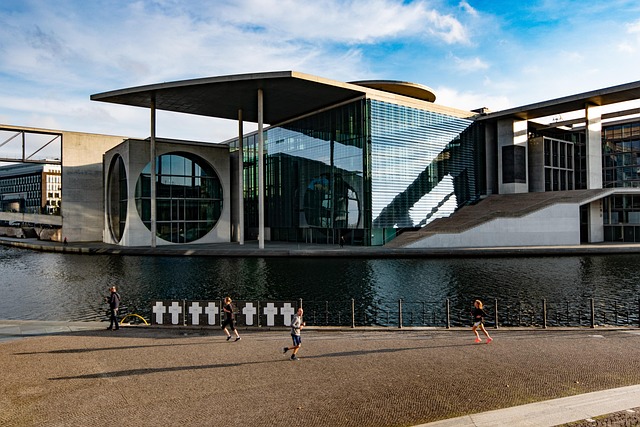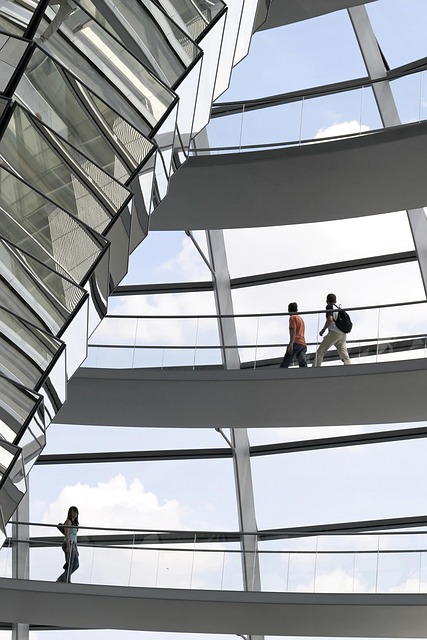
The Cultural Benefits of Subsidising the Arts
Throughout history, the arts have played a crucial role in shaping societies, influencing cultural identity, and fostering community engagement. However, the sustainability of artistic endeavors often relies on financial support from governments and organizations. Subsidising the arts has become an essential topic of discussion, particularly regarding its long-term cultural benefits. This article explores the multifaceted advantages of investing in the arts, emphasizing the cultural, economic, and social implications that arise from such support.
The Role of Arts in Society
The arts encompass a wide array of disciplines including visual arts, music, theatre, literature, and dance, among others. They serve as mediums for expression, communication, and reflection, allowing individuals and communities to articulate their dreams, struggles, and aspirations. As a result, the arts are often viewed as a mirror reflecting societal values and challenges.
The impact of the arts extends beyond the individual, as they contribute to the collective cultural fabric of a community. Artistic expressions often encapsulate shared histories and experiences, promoting a sense of belonging and identity among individuals. When the arts are subsidised, it ensures that this vital aspect of human experience is accessible to all, irrespective of socio-economic status.
Enhancing Cultural Diversity
Subsidising the arts plays a pivotal role in promoting cultural diversity. When governments and organizations allocate funds to artistic initiatives, they create opportunities for underrepresented groups to showcase their talents and perspectives. This financial backing can support various cultural festivals, educational programs, and art exhibitions that emphasise the importance of inclusion and representation.
Cultural festivals often feature a range of art forms that draw on diverse backgrounds, allowing communities to celebrate their heritage while educating others. These inclusive environments foster mutual respect and understanding, breaking down barriers between different societal groups. In this way, subsidies can act as a catalyst for cultural exchange and solidarity, enriching the broader cultural landscape.
Encouraging Creativity and Innovation
The arts are a breeding ground for creativity and innovation. When artists are provided with the necessary resources, they have the freedom to explore new ideas, techniques, and concepts. Subsidies can enable artists to take risks and push boundaries, fostering innovation that has the potential to spill over into other sectors of society, including technology, education, and business.
Creative industries are essential for economic growth and development. By nurturing artistic talent through subsidies, governments can cultivate a vibrant cultural sector that stimulates creativity in various other fields. Artists often serve as inspiration for inventors, designers, and entrepreneurs, leading to new ways of thinking and problem-solving.
Economic Benefits of the Arts
While the cultural benefits of subsidising the arts are significant, it’s important to acknowledge the economic advantages they bring. The arts contribute to the economy in several ways:
- Job Creation: The arts sector provides employment opportunities for artists, administrators, educators, and many others. Job creation in the creative industries can stimulate local economies, particularly in urban areas.
- Tourism: Cultural events and attractions draw tourists, contributing to the local economy. Subsidies can support cultural events that attract visitors from outside the region, resulting in increased spending on accommodations, dining, and transportation.
- Urban Development: Investment in the arts can lead to the revitalization of neighborhoods and communities. Arts initiatives can transform underutilized spaces into vibrant cultural hubs that promote community engagement and local businesses.
Fostering Community Engagement
The arts have a unique ability to bring people together, fostering a sense of community. Subsidising the arts can enhance community engagement through various programs and initiatives aimed at connecting residents, encouraging collaboration, and promoting social cohesion.
Artistic workshops, community theatre productions, and public art installations serve as platforms for individuals to come together and collaborate on creative projects. These experiences often result in lasting relationships and shared memories that strengthen community ties. Furthermore, engaging with the arts can encourage civic participation, inspiring individuals to take an active role in their local communities.
Educational Opportunities
Subsidies for the arts also play a critical role in education. Access to arts education is vital for nurturing the next generation of creatives. Through school programs, after-school workshops, and community classes, artistic disciplines can be integrated into curricula, fostering creativity and critical thinking skills.
Research has shown that children who engage with the arts perform better academically. The skills developed through artistic endeavors, such as problem-solving, teamwork, and communication, can enhance overall educational outcomes. By subsidising the arts in educational contexts, governments and organizations invest in the future of society.
Building a National Identity
The arts are often intertwined with national identity and heritage, portraying the story of a people and reflecting their unique cultural narrative. When the arts are subsidised, it allows nations to cultivate and preserve their cultural heritage. This financial support enables artists to explore traditional forms of expression while also innovating and adapting them to contemporary contexts.
Countries that invest in their arts and culture can promote a sense of pride among citizens. National art institutions, museums, and galleries can serve as showcases for local talent and historical narratives, enabling citizens and visitors alike to connect with the shared cultural narrative that defines a nation.
The Global Perspective
In an increasingly interconnected world, the exchange of cultural ideas has become essential for fostering global understanding and collaboration. Subsidising the arts can facilitate international cultural exchanges, allowing artists from different backgrounds to collaborate, share experiences, and learn from one another.
This cross-cultural dialogue enriches societies by exposing communities to diverse perspectives and practices. It can also promote global citizenship, encouraging individuals to appreciate and celebrate cultural differences while identifying common values that unite humanity.
The Challenges of Subsidising the Arts
While the benefits of subsidising the arts are profound, challenges remain. Funding for arts initiatives often faces political scrutiny, with arguments made regarding the prioritization of public spending. In times of economic uncertainty, arts subsidies may be among the first areas to face cuts, despite their undeniable importance.
Additionally, there is the question of how subsidies are allocated. Ensuring equitable distribution of resources to support a diverse range of artistic practices can be complex. Decision-makers must consider representation and inclusivity in their funding strategies to address potential biases and promote broad access to the arts.
Conclusion
The cultural benefits of subsidising the arts are extensive and far-reaching. From enhancing cultural diversity and fostering creativity to stimulating the economy and strengthening community ties, the case for investing in the arts is compelling. As societies continue to navigate challenges and transformations, prioritizing the arts is essential for nurturing the soul of communities and enriching the human experience.
Ultimately, by recognising the value of the arts and committing to their support, we can create a legacy of cultural vibrancy that will inspire future generations. Whether through government initiatives, private donations, or community involvement, every effort to subsidise the arts will contribute to a more culturally enriched society.



